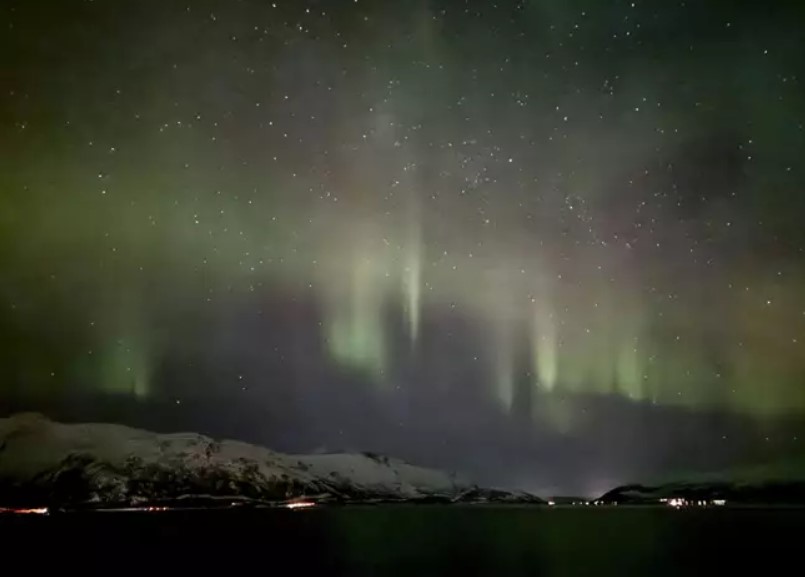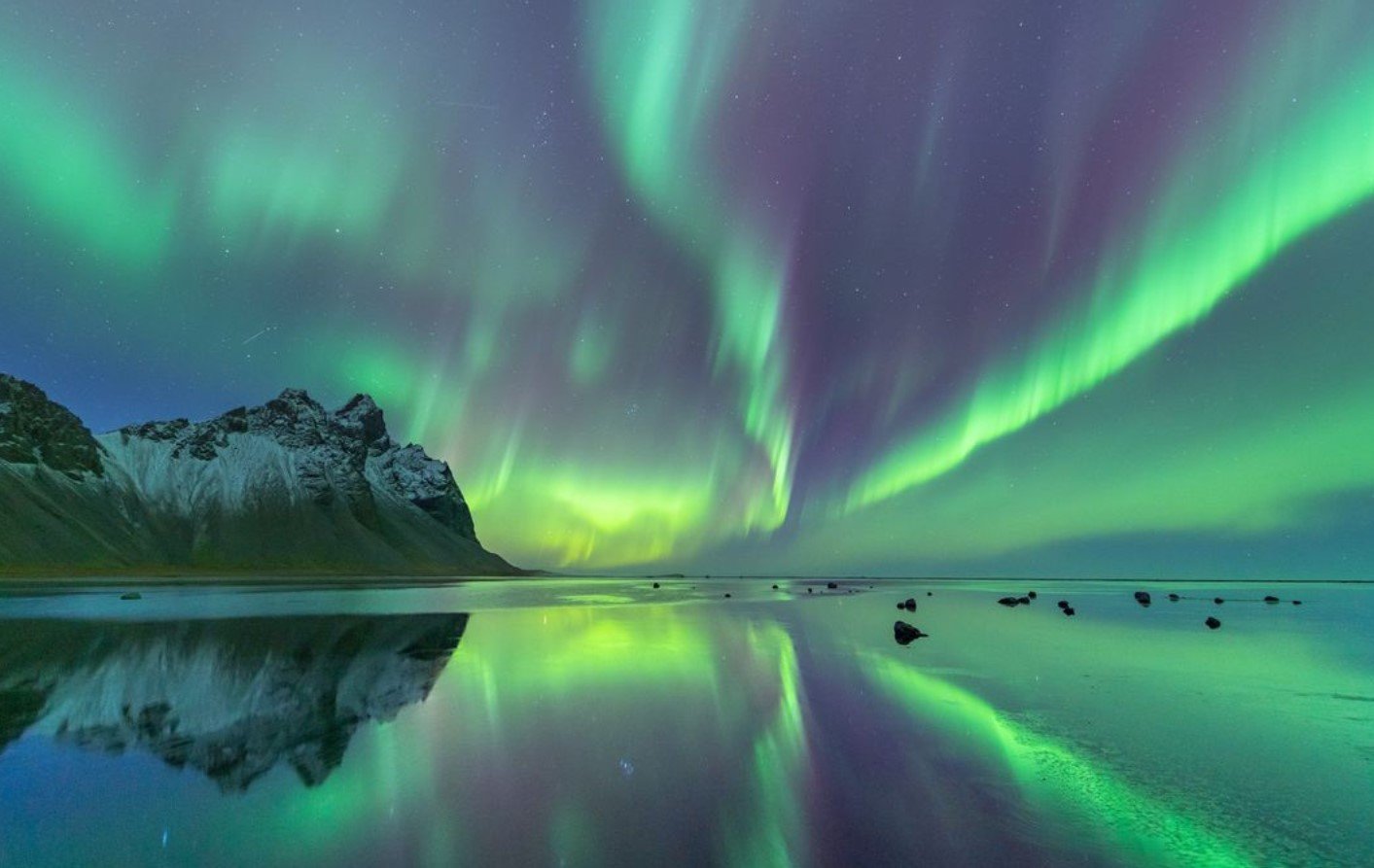
This fascinating phenomenon has been reported for over a century, but its existence was only recently confirmed by scientists.
The noise produced by the Aurora Borealis has fascinated and captivated people for a long time. It has been compared to the distant sound of a waterfall or the crackling of static electricity.
Indigenous communities have also reported hearing these sounds, with some attributing them to the presence of their ancestors.

Mamie Williams, a member of the Tlingit tribe in Alaska, expressed the belief that it is their ancestors letting them know they are still present.
Acoustic engineer Unto Laine from Aalto University in Finland conducted acoustic recordings in 2012, which confirmed the reality of the noises associated with the Aurora Borealis.
Because auroras are primarily recognized for their mesmerizing and vivid dancing light displays in the sky, it's not surprising that many of us were unaware of their accompanying sound.

Discussions about the Aurora Borealis noises have emerged on platforms like Reddit, where individuals working at sea shared their experiences.
One commenter described the sight of the Northern Lights as spectacular but found the accompanying sound unsettling.
Another user mentioned hearing crackles and pops, while a third compared it to someone adjusting a transistor radio from space.

Auroras occur as a result of disturbances in the Earth's magnetosphere, which is the region dominated by the planet's magnetic field.
These disturbances arise from particles flowing from the Sun and interacting with gases in the magnetosphere.
Laine and his colleagues proposed a hypothesis in 2016 known as the temperature inversion layer theory.
According to this hypothesis, the sound associated with the Aurora Borealis originates from electric discharges at lower altitudes, around 70 to 90 meters.
This occurs during calm and clear weather conditions when a temperature inversion layer is created.

In this layer, warm air rises close to the ground while the temperature drops, resulting in a distinct atmospheric phenomenon.
Laine's research suggests a connection between the auroral sounds and geomagnetic activity.
While generating the sounds differs from the one creating the visual displays, they often coincide due to their shared origin in geomagnetic activity.
Interestingly, the aurora sound and the Aurora Borealis can occur separately as well.
The sounds are more common than previously thought, but when heard without visible aurora, people may mistake them for natural phenomena such as cracking ice or animal sounds.




